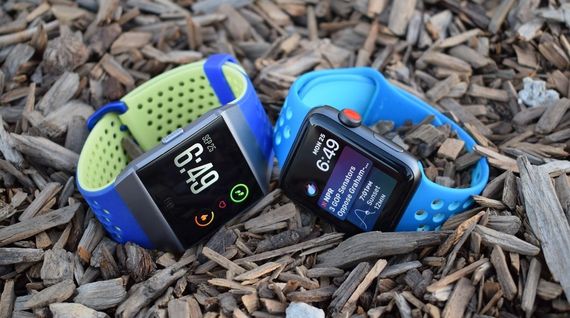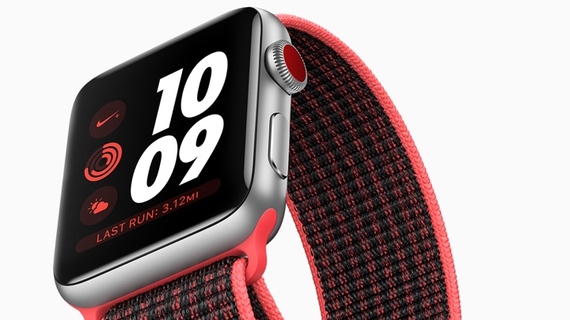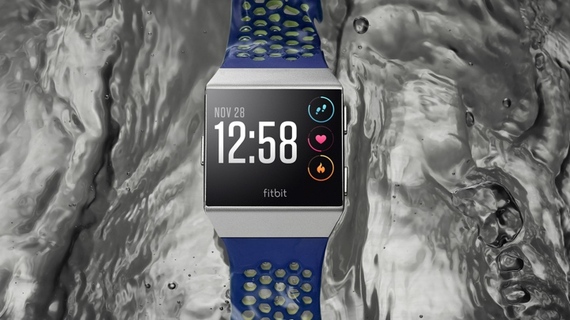Here’s a fun game: what is it that links Facebook’s ‘Like’ button, the most downloaded taxi app in the world and the London Borough of Barking and Dagenham?
The answer, you may be surprised to learn, is hackathons.
For the uninitiated, a hackathon is when a group of people come together to identify problems and find solutions to them using the wonders of technology, typically over a couple of days. When Facebook wanted to improve people’s engagement with each other, they held a hackathon and ended up creating their famous ‘thumbs up’. When one man had to wait an hour and half in the rain for a cab in Rio de Janeiro, he and his colleagues came together to try and solve the inefficiencies of local public transport. Easy Taxi was born.
So, what does all this mean for Barking and Dagenham?
Our borough typifies London: its celebrated past, its vibrant present, its relentless optimism about the future. It was once the home of England’s 1966 World Cup-winning manager Sir Alf Ramsey and its captain Bobby Moore. It was the scene of the Sewing Machine Strikes, immortalised in the hit film ‘Made in Dagenham’ for their part in the battle for equal pay in the workplace. During the 2012 Olympics, arguably London’s finest moment of recent decades, we were a host borough.
This is an area with an exciting future. Huge regeneration is planned, including new transport links and housing. People want to be here, and when they come, they want to stay: we were recently crowned England’s property renovation hotspot. Like so much of London, Barking and Dagenham has changed and continues to change at a rapid pace. The borough is more diverse than it has ever been and we celebrated that recently through our Summer of Festivals. But while this is all testament to the success of our area, it also poses challenges. The question for us all is how do we ensure that everyone in Barking and Dagenham – no matter what background or faith you come from – has a stake and a say in our community.
It’s that question that has led to Barking and Dagenham teaming up this weekend with local technology company DigiLab to host the UK’s first ever social-cohesion hackathon. By bringing together tech experts and service designers with local people of all ages and backgrounds, we will respond to and tackle the issues and concerns of residents.
By the end of the weekend we will start to develop practical ways to improve the way services work for our communities, find solutions to challenge perceptions of public safety, bring different generations of people together across the borough, or help to encourage the reporting of hate crime. The only limits to what we can achieve are our imaginations, and what matters most is that it is local people who will decide.
In modern Britain, with the technology and the talent available to us, this should be the norm, not a one-off: bringing people together and empowering them to build the society they want to see.
This is an exciting opportunity for us. If you’re in the local area, sign up and come along. If you’re a service designer or tech expert wanting to create meaningful solutions to everyday problems get in touch. If you’re not, we will be updating on our progress during and after the weekend, so take a look at our social media pages to find out more. Oh, and while you are there, don’t forget to hit the ‘Like’ button.
Councillor Darren Rodwell is leader of Barking and Dagenham Council















